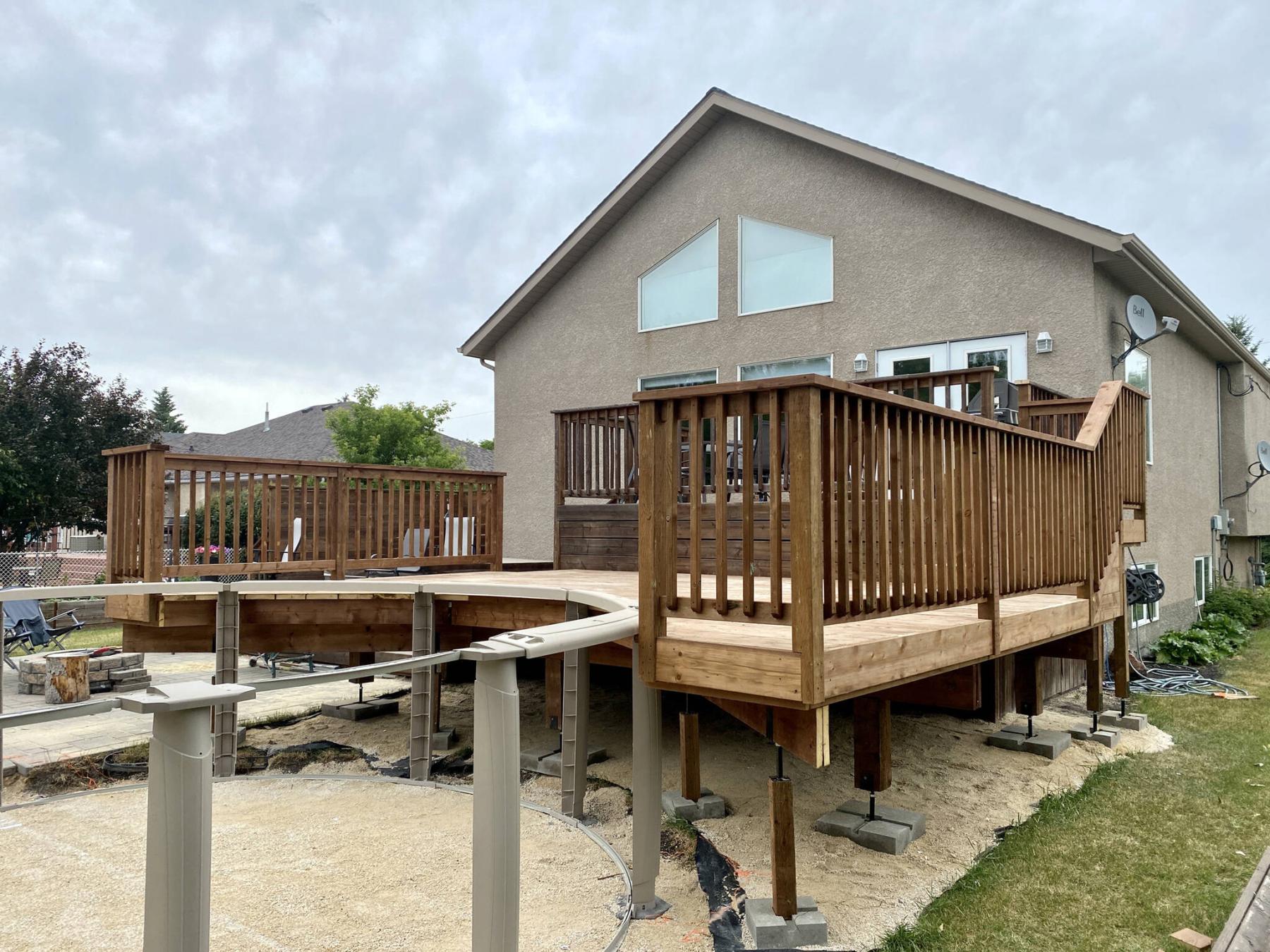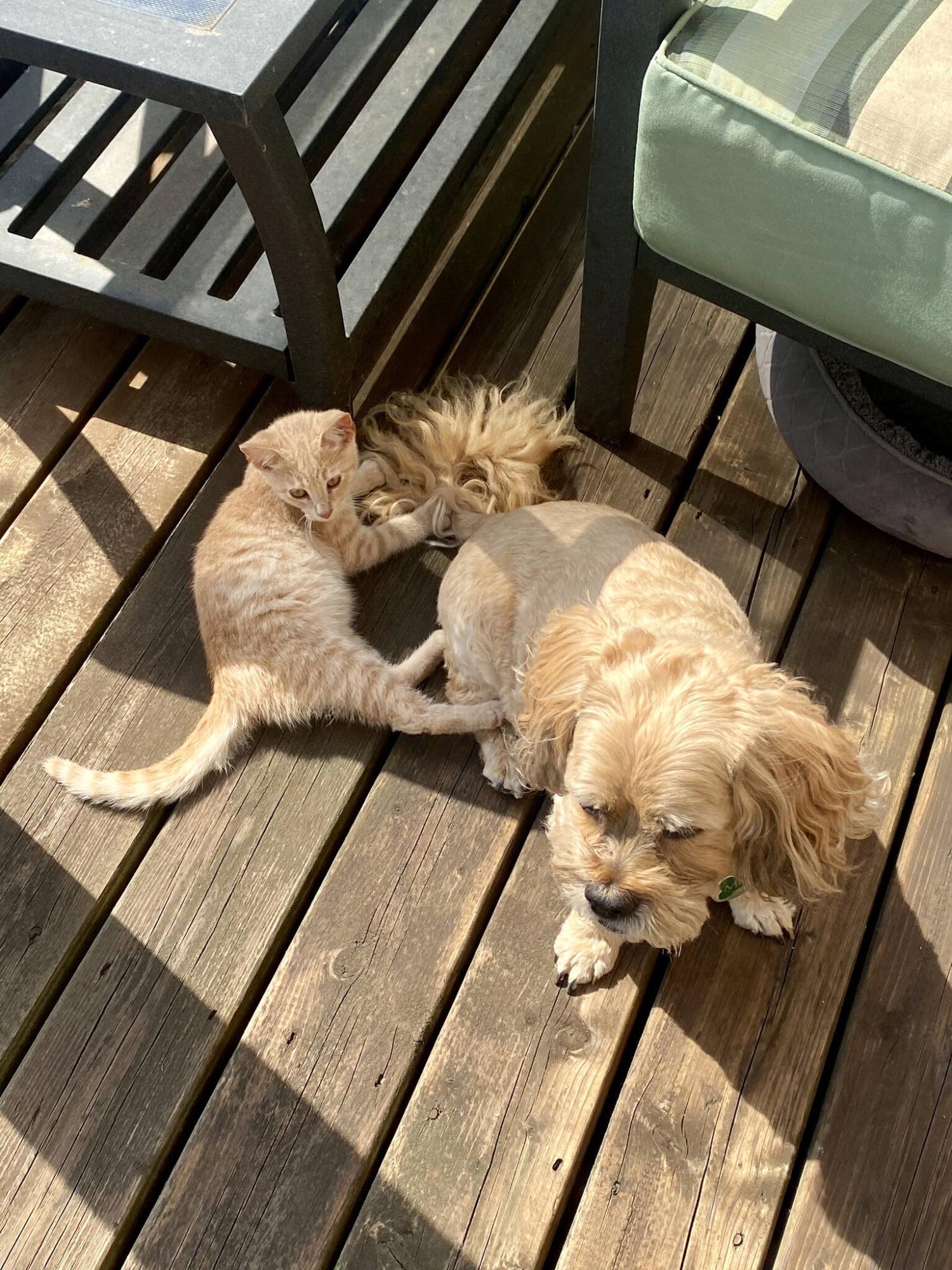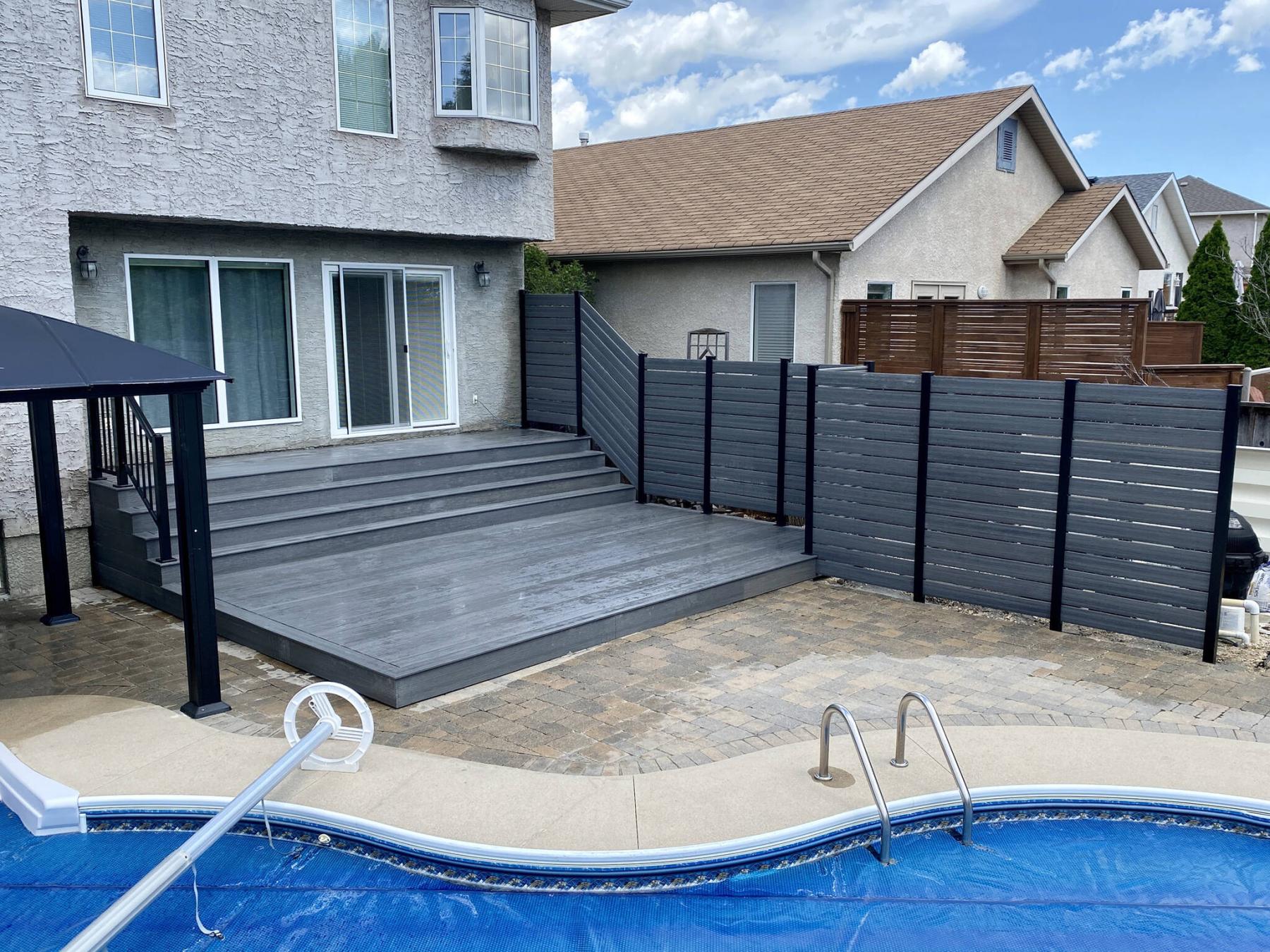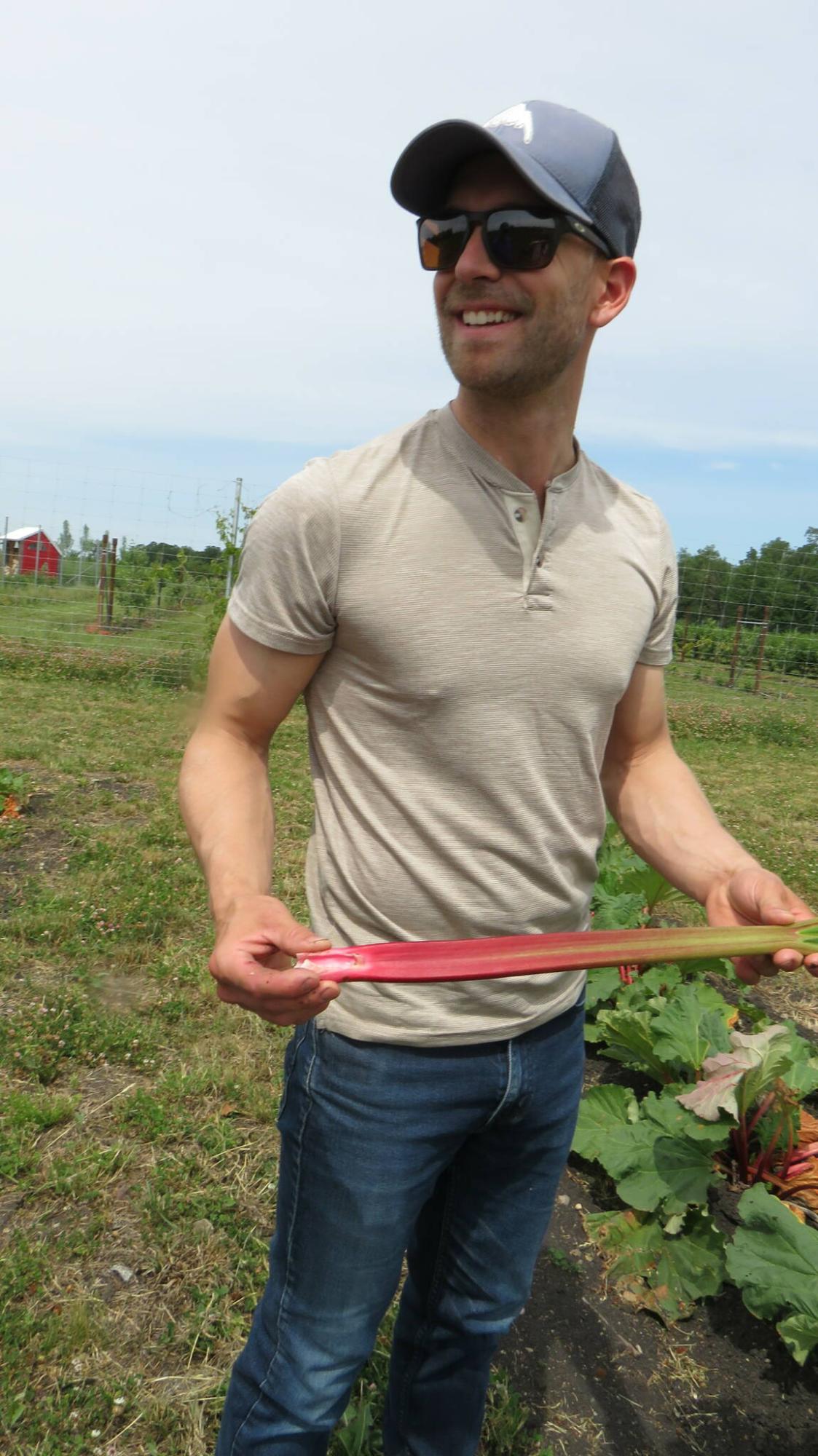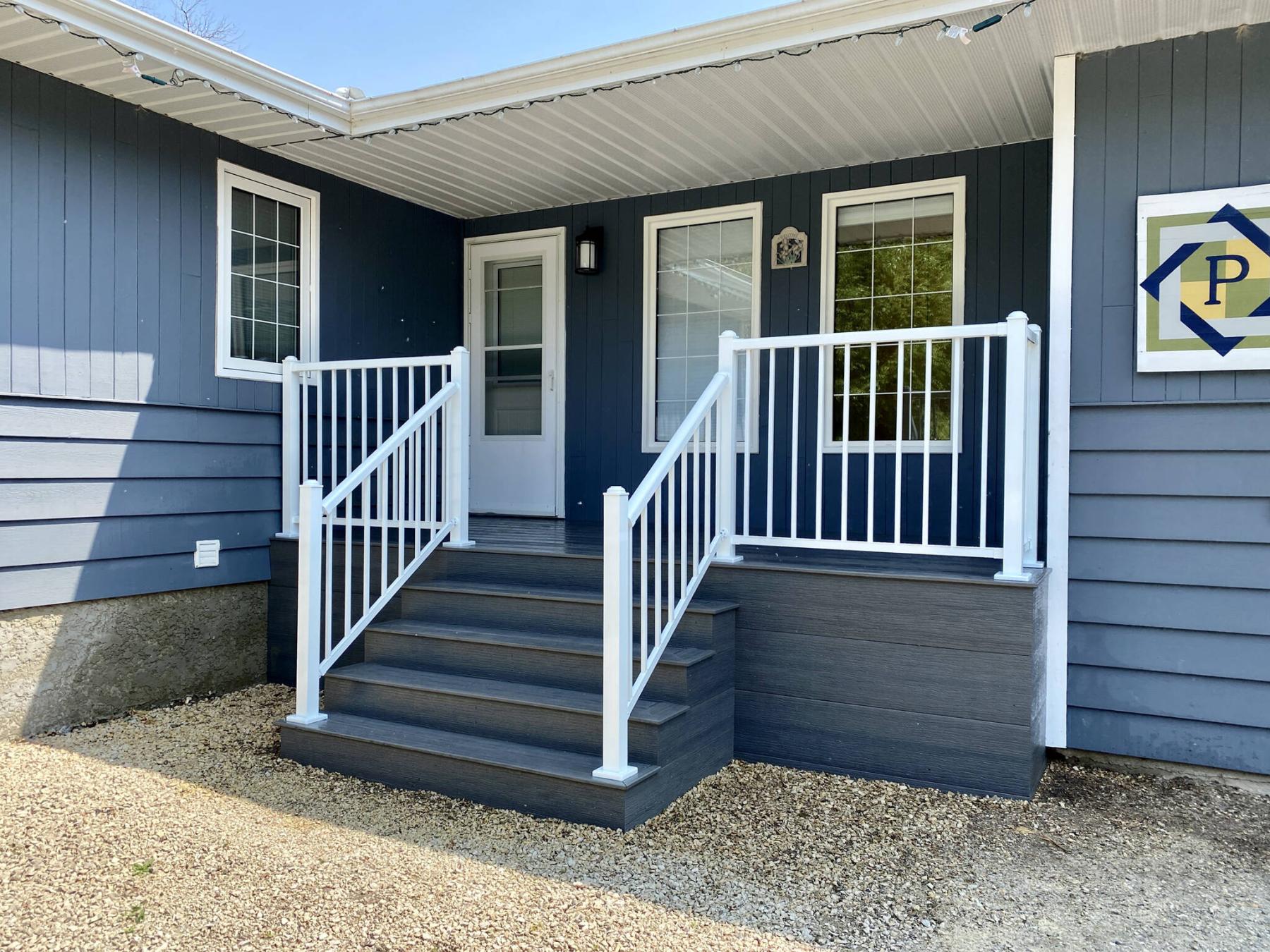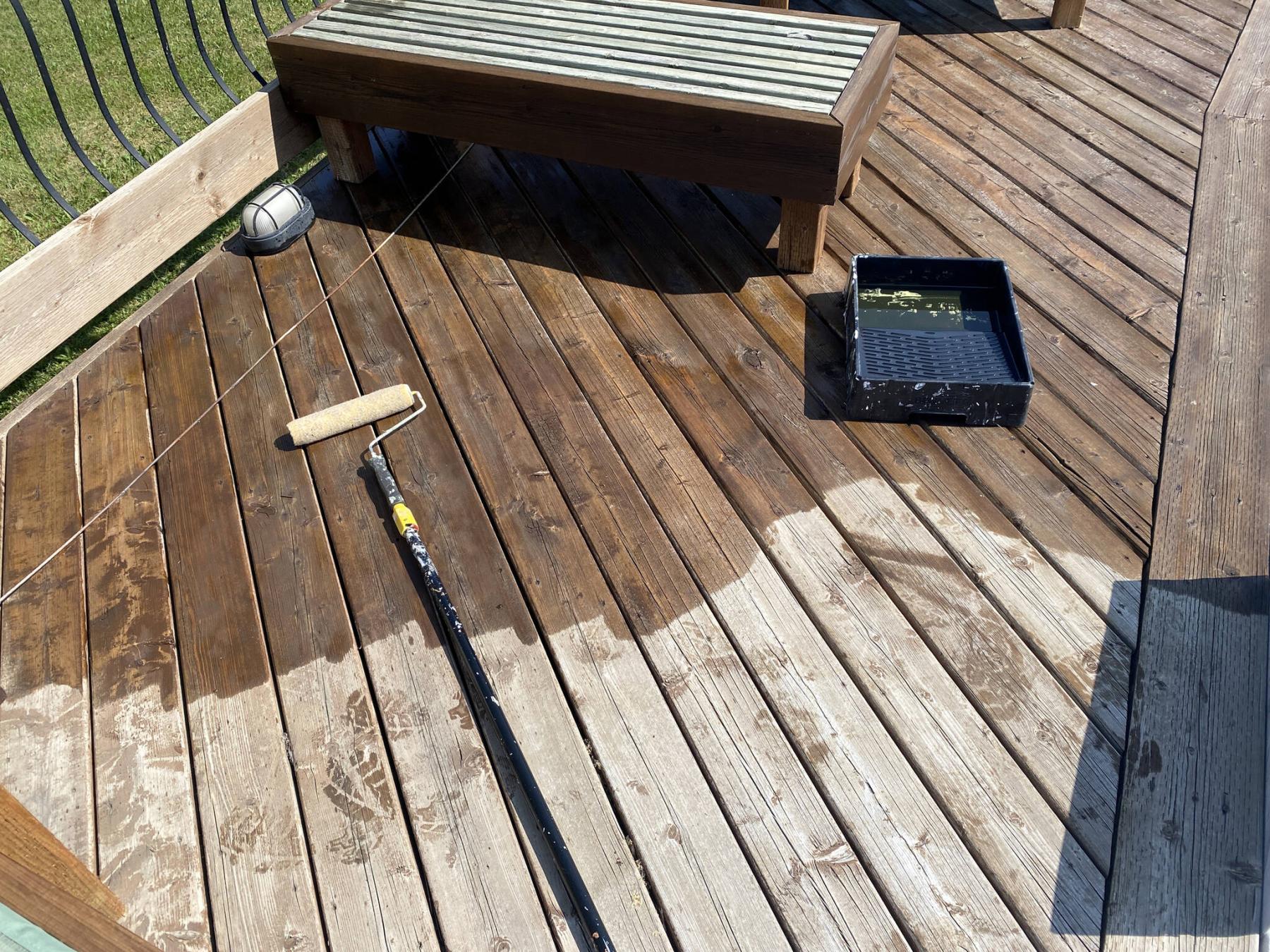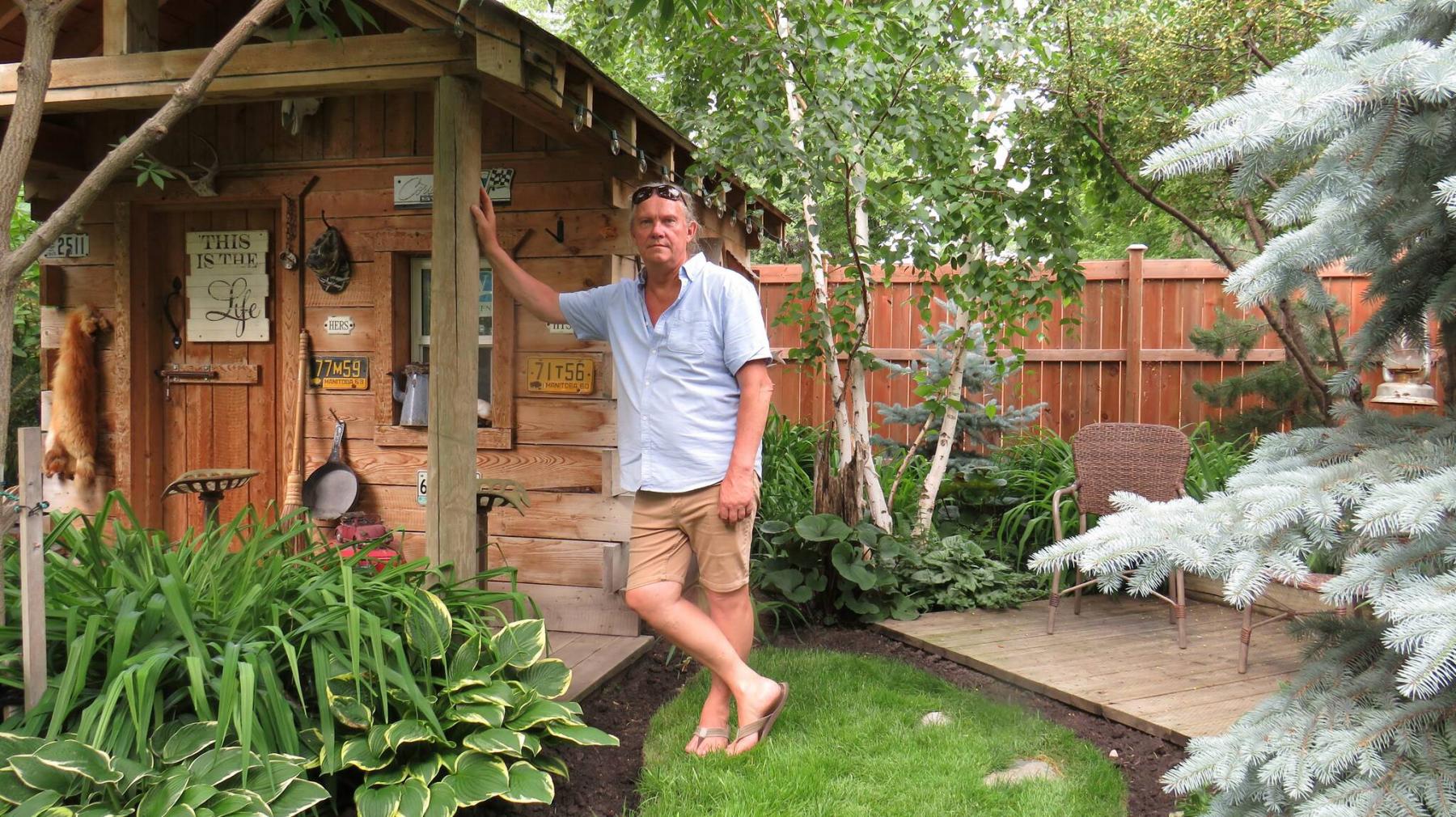Renovation & Design
Renovation & Design
Smoke free policies make for tenable tenants
Question: I have a peculiar problem in my semi-detached house. My neighbour next door is a tenant. She smokes marijuana and the smell I suspect comes through an electrical outlet and my fireplace when my air conditioning is on. I wanted to check if you might be able to help me out? Regards, Aman.
Answer: Odours from smoking in attached homes and multi-family dwellings has always been a problem and one that could be solved by diplomacy or one other way. Moving to a smoke-free building may be the surest way to nip the problem in the bud.
Over the years, I have received many questions about prevention of second hand smoke from entering homes from neighbour’s, especially in multi-family buildings. We all know that cigarette smoke can be very harmful and recent studies suggest that smoke from others nearby, second hand smoke, may also have effects on our personal health. Since the legalization of cannabis, another dimension has been added to this issue. There are not a lot of studies that can conclusively say that second hand marijuana smoke is hazardous, but it can be very offensive to some people due to the strong smell. In some jurisdictions, like here in Manitoba, smoking in public places is prohibited and you are only permitted to consume cannabis in a private home or property. While many people may ignore that rule, it may only make your problem worse if the offenders only smoke at home inside their dwelling.
There may be some ways of air sealing common walls between dwellings, which could provide some relief, but will not likely stop the smell from penetrating your living space completely. There are fire/safety restrictions to prevent smoke and fires from gaining access through common walls between your two homes, but the smoke may also have alternative means of ingress. Vent hoods, especially the air intake for your HRV, may allow some air, smoke, and odours from outside to be drawn inside your home. Open windows, doors, attached garages, and any other small openings in the building enclosure may also be a source of the problem. Sealing up any of these areas of potential air leakage, with caulking, weatherstripping, or blow-in foam may help.
The other main recommendation is to use diplomacy to help prevent the problem from getting out of hand. Talking to the tenants and explaining your dilemma may be the simplest way of keeping your home smoke and odour free. They may not be aware of the problem and how their choices are affecting you and your family. Changing their habits by only smoking outside the building may prevent the majority of the fumes from gaining entry to your home. In colder weather, where outside consumption may be difficult, smoking only in rooms with exhaust fans on full speed may help to dissipate the smoke to the exterior, as well. If they are uncooperative, talking to the landlord and explaining that their indoor recreational use may be causing potential harm to his property may get his attention. He may not even be aware of their habits, as many owners do not permit indoor smoking of any kind in their properties.
You may also suggest to the landlord that establishing a smoke-free policy for his tenants is to his benefit. Smoking of any kind will leave lingering odours in carpets, drapes, curtains, and other soft materials inside a home. Also, the products of combustion of tobacco and cannabis may plate out on walls and ceilings, leaving visible stains. These can be difficult to remove and will have to be cleaned, primed, and painted before the next tenant moves into the home. That will add expenses for the property owner, and may delay easy rental to future tenants.
If you get nowhere with the nice neighbour approach, which is a possibility, there may be only one other conclusive way to prevent smoking biproducts from gaining entry to your living space. Put up a for sale sign and find another place to live. This may seem like a drastic step, but looking for a home with strict non-smoking policies might be the final solution. There should be many buildings, even semi-detached homes, where the condominium association, landlord, or building owner has forbidden smoking in and around the property. If a single-family home is out of the question, for affordability or other reasons, searching for smoke-free dwellings may be your answer.
Having a polite, friendly conversation with the next-door tenants in your semi-attached home may be an easy solution to preventing potentially harmful and annoying odours from marijuana smoking from entering your living space. Failing that, moving out and finding a properly enforced, smoke-free building may be the only way to ensure you are no longer bothered with this troublesome issue from the habits of your neighbours.
Ari Marantz is the owner of Trained Eye Home Inspection Ltd. and a Registered Home Inspector (RHI)(cahpi.ca). Questions can be emailed to the address below. Ari can be reached at 204-291-5358 or check out his website at trainedeye.ca.
trainedeye@iname.com
Renovation & Design
Timely snow removal is key to preventing eavestrough damage
Question: We built our bungalow in 2017 adjacent to a two-storey home and a walking path on the other side. Over the past seven years I’ve noticed that the wind circulates differently around our bungalow than the two-storey homes around us. In the winter months, especially during these large snow dumps, the wind creates a large snow drift on top of the roof and hangs down over top of my backyard.
This creates two issues for me. The first issue is the danger of having this overhanging in my backyard, as it is extremely heavy and shakes my house when it falls. I make sure my children are inside until I pull it down. I mitigate this problem by pulling the snow off using a snow rake.
The second issue it is that it is damaging my eavestrough. The first time this happened I had a roofing company install additional aluminium brackets to support the trough. However, this did not prevent further damage, as it happened again this past winter and now I’m forced to replace the trough.
My first thought was to install a stronger, more rigid eavestrough, but I believe the snow might pull it down anyhow and then I would potentially be replacing my fascia board. My second thought is to use heat trace on my roof and in my troughs to prevent the drift from staying. But, from what I’m reading, using heat trace on shingles can prematurely deteriorate them.
Can you recommend a way to keep the snow from drifting? Or do you have any thoughts on what I can do to further mitigate this issue?
Thanks in advance, Mitch Berthelette
Answer: Combatting the forces of nature that cause the large snow drifts on your roof should not be the focus of your efforts to minimize your problem. Timely removal of the excess snow from the ground or the roof above should be the primary effort necessary to prevent damage to your eavestroughs.
To address your second question, heat trace cables are not a good idea and should only be used as a last-ditch effort in roofs with very challenging design flaws.
You have identified one issue: premature damage to the shingles below the heating cables. The second issue is development of ice from the melting snow. These cables may be effective in partially melting ice dams, which form due to melted snow runoff from higher up on the roof.
If they are used only where snow accumulation is seen, they can cause ice formation when the melted snow partially freezes at night. In that way, they could turn a moderate problem into a bigger one with heavy ice formation inside the troughs. That would be more likely to cause damage, as the water will also expand as it freezes. So, dismiss any ideas that would incorporate use of those electrical heating cables.
As far as prevention of the drifts there is no way I can think of unless you have mature trees in your yard, or your neighbours’, which may be removed to allow better natural wind forces on your roof. Other than that, you will simply have to put up with the consequences of living in a bungalow between two taller homes.
I have the same situation in my own home, being wedged between two-storey homes on either side. I can empathize with your dilemma, as I have a similar situation with significant snow accumulations on both the north and south sides, and a large valley on the east side.
I frequently have experienced similar “cowlick” drifts hanging over my eaves. It is particularly noticeable on my detached garage, which is still affected despite being more open, except for a similar-height garage to the north side. So, the adjacent homes may exacerbate the problem, but may not be the root cause.
The solution to your issue may sound too simple, but it may just be a matter of timing. You have to remove the excess snow drifts quickly enough so they don’t damage your eavestroughs. Initial snowfall may be much less dense than accumulated snow, due to higher moisture content from the freeze/thaw cycle.
The more moisture in the snow, the denser it becomes. As the daytime sun warms the surface of accumulated snow, it changes its temperature and composition. When it cools at night, it will crust over, forming a harder surface.
Several days or weeks of this, including further snow accumulations on top, can make drifted snow very dense and heavy. So, removal of the thick drifts at your eaves soon after formation may prevent warping or bending of your eavestroughs and their brackets.
You can do this from the ground with your roof rake, but I find it easier to accomplish from above, by climbing on the roof. Pushing the snow off the eaves with a plastic shovel allows more complete removal, but does require taking additional safety measures to prevent falling off. Hiring experienced roofers to do this task is also an option, as long as they are properly insured.
Replacing your damaged eavestroughs with more numerous and rigid brackets may help prevent future damage, but the true solution is even simpler. Removal of the overhanging drifts soon after accumulation should prevent the snow from becoming too heavy for the troughs to hold up. That should stop overloading of the hangers, which is causing them to warp beyond usefulness.
Ari Marantz is the owner of Trained Eye Home Inspection Ltd. and a Registered Home Inspector (RHI)(cahpi.ca). Questions can be emailed to the address below. Ari can be reached at 204-291-5358 or check out his website at trainedeye.ca.
trainedeye@iname.com

